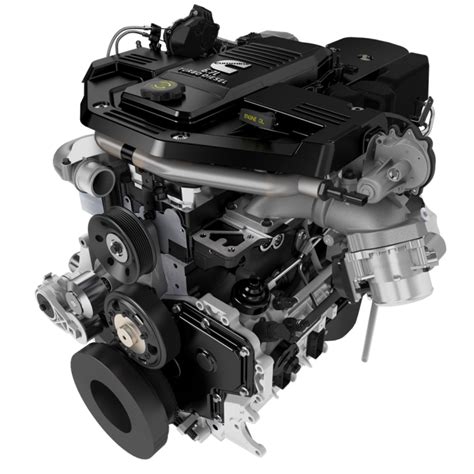The 6.7L Cummins engine has seen both triumphs and pitfalls throughout its production. Discover the years that marked its peak performance and those that faced challenges, shaping its legacy in the automotive industry.

The Best and Worst Years for the 6.7 Cummins: A Comprehensive Analysis
Introduction:
The 6.7L Cummins engine is a legendary powerplant known for its reliability, durability, and impressive performance. It has been a popular choice among pickup truck owners and commercial vehicle operators for many years. However, like any other engine, the 6.7 Cummins has had its share of good and bad years. In this comprehensive analysis, we will delve into the best and worst years for the 6.7 Cummins, highlighting the key factors that contributed to their success or failure.
The Golden Years: 2007-2012
Subheading: The Pinnacle of Performance and Reliability
The 2007-2012 model years are widely considered to be the golden years for the 6.7 Cummins. During this period, the engine underwent significant improvements, resulting in exceptional performance and unmatched reliability. The 2007 model year marked the introduction of the 6.7 Cummins, and it quickly gained recognition for its impressive power output and torque. The engine delivered 350 horsepower and 650 lb-ft of torque, making it one of the most potent diesel engines available in the market.
The 2008 model year brought further refinements to the 6.7 Cummins, including a new turbocharger and improved fuel injection system. These enhancements resulted in increased power and torque, with the engine now producing 365 horsepower and 660 lb-ft of torque. Additionally, the 2008 model year saw the introduction of the 6-speed automatic transmission, which significantly improved the driving experience and overall performance.
The 2009-2012 model years continued the trend of excellence for the 6.7 Cummins. The engine remained largely unchanged, but it received minor updates and improvements that further enhanced its performance and reliability. These years saw the 6.7 Cummins become a benchmark for diesel engines in terms of power, torque, and durability.
The Troubled Years: 2013-2018
Subheading: Facing Challenges and Overcoming Obstacles
The 2013-2018 model years marked a challenging period for the 6.7 Cummins. During this time, the engine faced numerous issues and problems that tarnished its reputation and led to widespread dissatisfaction among owners. The primary culprit behind these issues was the introduction of the emissions control system, specifically the exhaust gas recirculation (EGR) system.
The EGR system was designed to reduce harmful emissions by recirculating a portion of the exhaust gases back into the engine. However, this system proved to be problematic, leading to a buildup of soot and carbon deposits in the engine. As a result, owners experienced reduced power, poor fuel economy, and increased maintenance costs.
Another issue that plagued the 6.7 Cummins during these years was the failure of the turbocharger. The turbocharger is a critical component that provides forced air induction to the engine, increasing its power and efficiency. Unfortunately, the turbochargers used in the 2013-2018 model years were prone to failure, resulting in costly repairs and downtime for owners.
The Resurgence: 2019-Present
Subheading: Regaining Trust and Restoring Confidence
Starting with the 2019 model year, the 6.7 Cummins underwent a comprehensive redesign and overhaul. The engine received numerous improvements and upgrades that addressed the issues and problems that plagued the previous years. The EGR system was redesigned to minimize soot and carbon buildup, while the turbocharger was upgraded to provide increased durability and reliability.
Additionally, the 2019 model year brought the introduction of the new Aisin transmission, which offered smoother shifting and improved overall performance. These changes resulted in a significant improvement in the 6.7 Cummins' reputation, with owners praising its regained power, fuel economy, and reliability.
The 2020 and 2021 model years continued the trend of excellence for the 6.7 Cummins. The engine remained largely unchanged, but it received minor refinements and updates that further enhanced its performance and reliability. The 6.7 Cummins is now considered to be one of the best diesel engines on the market, offering exceptional power, torque, and durability.
Conclusion:
The 6.7 Cummins engine has a rich history with both triumphs and challenges. The 2007-2012 model years stand as the golden years, where the engine reached the pinnacle of performance and reliability. However, the 2013-2018 model years were marred by issues and problems, primarily due to the introduction of the emissions control system. Starting with the 2019 model year, the 6.7 Cummins underwent a resurgence, with significant improvements and upgrades that restored its reputation as a reliable and powerful diesel engine. Today, the 6.7 Cummins remains a top choice for pickup truck owners and commercial vehicle operators who demand the best in performance and durability.


